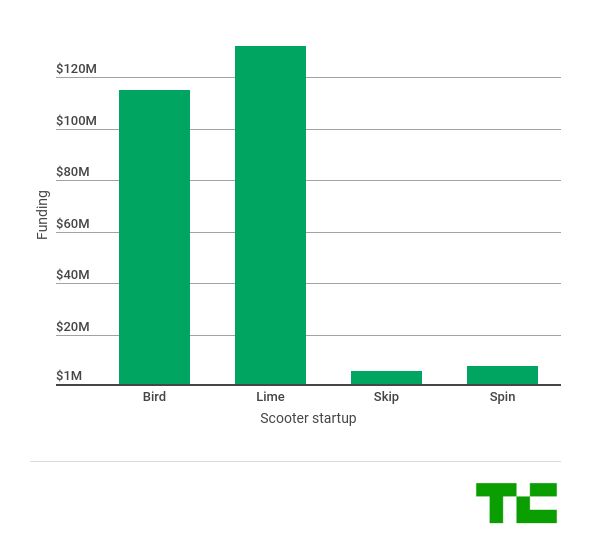In March, the female-led media company and newsletter provider TheSkimm reported it was raising a $12 million Series C from Google Ventures and Spanx founder Sara Blakely, along with several existing investors. Today, the company is confirming its Series C round has closed with a number of new, mostly female investors joining – including big names like Shonda Rhimes and Tyra Banks.
Variety was the first to report the news of the new investors.
The Series C’s additional investors include former TV journalist Willow Bay, now dean at the USC Anneberg School for Communication and Journalism; Jesse Draper of Halogen Ventures; Shonda Rhimes; CEO of GingerBread Capital, Linnea Roberts; CEO of GingerBread Capital, Hope Taitz; as well as the Goldman Sachs Group, Inc.; and Michael Karsch of Juice Press.
Earlier Series C investors included GV (formerly Google Ventures); Spanx founder Sara Blakely; plus former lead investors 21st Century Fox, RRE Ventures and Homebrew Ventures.
TheSkimm began its life as an email newsletter, founded by former TV news producers Carly Zakin and Danielle Weisberg. The newsletter targets millennial women who want an easy way to keep up with the key news of the today. What makes the product so appealing is how it’s written in a conversational tone, making it accessible to a wide audience who often finds reading the news a dreary but necessary chore. Mixed in with its highlights from key U.S., political, and international news, are samplings of stories from pop culture and the entertainment industry, which gives the newsletter a bit of a palate cleanser – something that’s much appreciated these days.
That newsletter has now grown to around 7 million subscribers, the company says. (This is the same number it reported in March.)
The company has also expanded to other products since its launch, including a $2.99 per month subscription-based app for keeping up with upcoming news and televised events, a podcast, as well as original videos for YouTube and Facebook Watch via its production arm, Skimm Studios.
Its video offerings include Skimm’d with…” and “Get Off the Couch” for Facebook, and digital series “Sip n’ Skimm” which landed an interview with Canadian Prime Minister Justin Trudeau, followed by a discussion with Speak Paul Ryan assessing the proposed GOP tax plan.
Meanwhile, TheSkimm’s podcast, “Skimm’d from The Couch,” reached #1 on Apple Podcasts hours after its launch.
The company generates revenue from a variety of sources, including its app subscriptions, native ads, affiliate, content licensing and distribution, TheSkimm notes in an announcement. The company is not offering revenue details, however.
“As a female led and founded company, we are excited to have the opportunity to bring such an impressive and dynamic group of female investors into theSkimm fold,” co-founders and co-CEOs Carly Zakin and Danielle Weisberg, said in a statement. “With a majority of our audience being female, it’s vital to the success of our business to involve women at every single level, and that includes our investors. With their added perspective and resources, we look forward to this next chapter in our company’s history.”
Banks added she had a personal appreciate for the product, in addition to her desire to support female entrepreneurs.
Going from one business meeting, to the next studio set, and as a new Mama, it’s more difficult than ever to stay up to date on the day’s headlines,” the media mogul said. “theSkimm created a media platform that works seamlessly with on-the-go lifestyles. As a fervent supporter of trailblazing female-led businesses, I am thrilled to be a part of the next phase of theSkimm’s development,” Banks said.
The company didn’t offer many specifics in terms how it planned utilize the additional capital, but told us that it plans to “continue evolving the brand” and grow its product offerings–both premium and free. One of its plans involves expanding its No Excuses political-engagement campaign, reports Variety, which registered 110,000 U.S. voters.
New York-based TheSkimm has 72 full-time employees and has raised $29 million to date.

